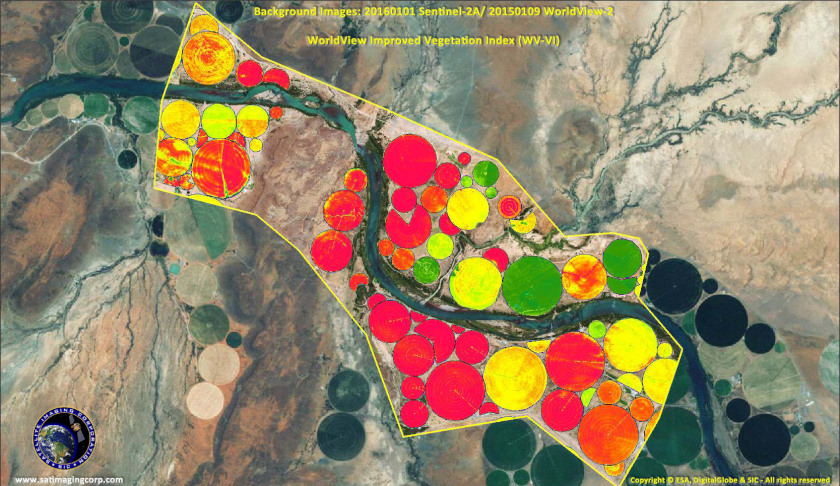For example, China and the US can observe more about Australian agricultural yields and sooner. This is an area that will benefit from the work of the new SmartSat Cooperative Research Centre (CRC), which has a very broad brief to develop world leading technologies so Australia can benefit from the space revolution.
The SmartSat CRC, launched earlier this month, involves a large number of research and industry partners, including big primes and SMEs, as well as government research bodies and universities.
It was funded with $55 million from the federal government, plus a further $190 million in cash and in-kind support from other participants.
In the area of Earth observation, the focus is on developing capabilities for provision of high quality timely data but also on clever analysis of that vast amount of information.
One of the research partners is Queensland University of Technology (QUT) whose researchers, Professor Kerrie Mengersen and Dr Erin Peterson of the QUT Science and Engineering Faculty and Institute for Future Environments, will be working on SmartSat programs of Earth observation and analytics.
Professor Mengersen noted that Australia now relied heavily on other nations to host our satellite payloads for telecommunications and Earth observation but that was increasingly costly and inflexible.
An example of that problem is that nations such as China and the US can know more about Australia’s annual crop production than we can.
“Crop identification and crop yield using satellite data have been around for 30 years or more but it’s really because of the next generation of satellite technology that we are able to see, estimate and predict more now,” she said.
“However, in order to do this, we need good ways to manage and analyse the data, and this is where we come in.”
Professor Mengersen said space technology generated a wealth of data, with much more to come.
She said Earth observation satellite data was being used in such diverse areas as agriculture, mining, transport, logistics, the environment, urban and social issues, as well as monitoring progress on sustainable development goals.
“We’re looking forward to being able to contribute to the data-focused aspects of this CRC, in particular trying to corral the data into telling us important information about space, science and our society,” Professor Mengersen said.
Professor Mengersen is involved in a United Nations Global Working Group on using satellite data for official statistics agencies around the world, working with international colleagues and students on data analytics and agriculture.
She said one sustainable development goal was poverty alleviation.
“What has this to do with satellite observations and analytics? Well, you can, for example, look at night lights from satellites and be able to estimate the socio-economic growth in countries,” Professor Mengersen said.
Dr Peterson’s work is in spatial science and environmental statistics, including assessing impacts of climate change and wildfires on fish presence and abundance, sea surface temperature increases, impacts on Great Barrier Reef corals and the revegetation prioritisation to improve river water quality.
She said one of the most exciting opportunities was data fusion – developing new methods to combine data from multiple sensors rather than separately analysing each data stream.
“We can also combine these satellite-derived data with data collected on the ground to dramatically increase the amount of information we have for timely, data-enabled decision making,” Dr Peterson said.

